Have you ever wondered what would happen if you crossed paths with a bird while soaring through the sky during a thrilling skydiving adventure? It may seem like an unusual question, but it’s one that has fascinated many skydivers and aviation enthusiasts alike.
A study from the University of South Carolina reveals that bird strikes during high-risk leisure activities, such as skydiving, are more common than previously thought. Skydivers, reaching speeds up to 200 miles per hour, have experienced multiple bird strike incidents.
So, can you hit a bird while skydiving? While the chances may be slim, the potential for bird collisions in the world of skydiving is undeniably present. Let’s explore the impact of bird strikes in skydiving, the reasons behind these incidents, and the efforts being made to mitigate the risks.
Key Takeaways:
The Impact of Bird Strikes in Skydiving
Bird strikes in skydiving can have various outcomes, ranging from minimal damage to severe accidents. In some cases, the bird may hit the skydiver’s body or parachute, causing minor injuries or equipment damage. However, there have been instances where bird strikes resulted in significant damage to the aircraft, leading to emergency landings or even fatal accidents. Despite being a rare occurrence, skydivers and pilots need to be aware of the potential risks involved and take necessary precautions to minimize the chances of bird collisions.
One way to understand the impact of bird strikes in skydiving is by analyzing the data from bird strike incidents. According to aviation databases, there have been several documented cases of bird collisions during skydiving activities. These incidents highlight the importance of maintaining a vigilant approach while in the air and being prepared for unexpected encounters with birds.
Skydiving centers and aviation authorities have implemented measures to reduce bird strikes, including bird hazard assessments, installing deterrents, and training for skydivers and pilots. These steps aim to enhance safety for both skydivers and birds.
| Impact of Bird Strikes in Skydiving | Occurrences | Outcomes |
|---|---|---|
| Minor Damage | Common | Minor injuries or equipment damage |
| Significant Damage | Rare | Emergency landings, fatal accidents |
The Reasons Behind Bird Strikes in Skydiving
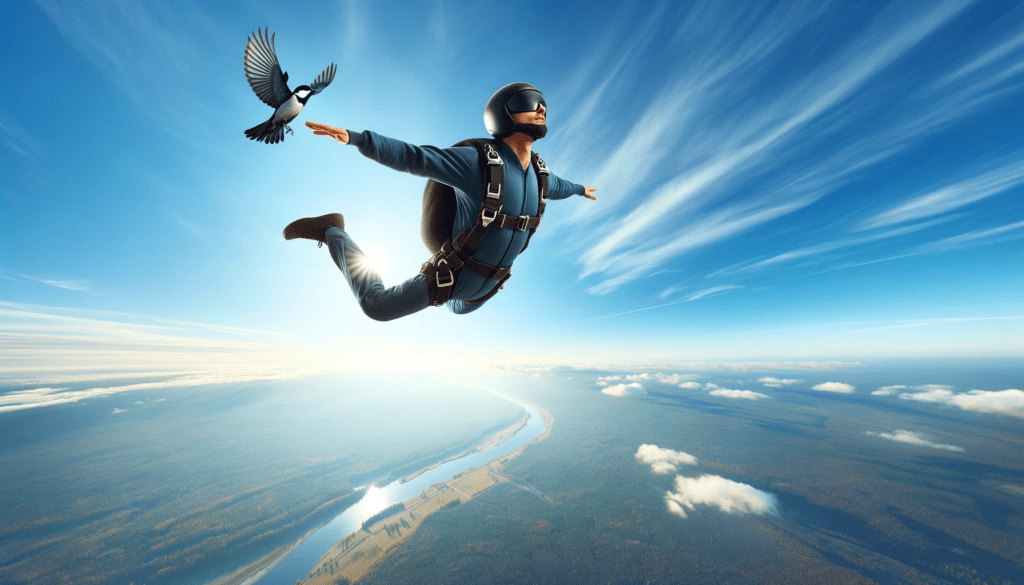
Skydiving, with its exhilarating freefall and breathtaking views, is not without its risks, including the potential for bird strikes. Several factors contribute to the occurrence of bird collisions in skydiving, making it crucial for skydivers and aviation authorities to understand and manage these risks.
One key factor is the presence of birds in the airspace. Skydiving locations are often situated near natural habitats and migration routes, increasing the likelihood of encountering birds during freefall or landing. The fast descent speed of skydivers, reaching up to 200 miles per hour, makes it challenging for birds to avoid collisions. Furthermore, bird behavior, such as nesting or feeding in proximity to skydiving sites, can also heighten the chances of bird strikes.
| Factors contributing to bird strikes in skydiving | Examples |
|---|---|
| Presence of birds in the airspace | Natural habitats and migration routes near skydiving locations |
| Fast descent speed of skydivers | Speeds of up to 200 miles per hour |
| Bird behavior near skydiving sites | Nesting or feeding activities |
Mitigating the Risks of Bird Strikes in Skydiving
To mitigate the risk of bird strikes, skydiving centers and aviation authorities have implemented various measures and precautions. These measures aim to ensure the safety of skydivers and minimize the impact on wildlife.
Bird Hazard Assessments
One key step in mitigating the risks of bird strikes is conducting regular bird hazard assessments at skydiving sites. These assessments help identify areas with a higher likelihood of bird collisions and allow for appropriate preventive actions.
Bird Deterrents
Additionally, installing bird deterrents such as noise devices and shiny objects can help deter birds from approaching skydiving areas.
Education & Training
Education and training are also crucial components of risk mitigation. Skydivers receive guidance and information on bird strike avoidance, such as maintaining a vigilant lookout during freefall and landing and taking evasive actions if necessary. Pilots undergo training to identify and avoid bird collisions during takeoff and landing, further reducing the chances of incidents occurring.
The Importance of Reporting Bird Strike Incidents
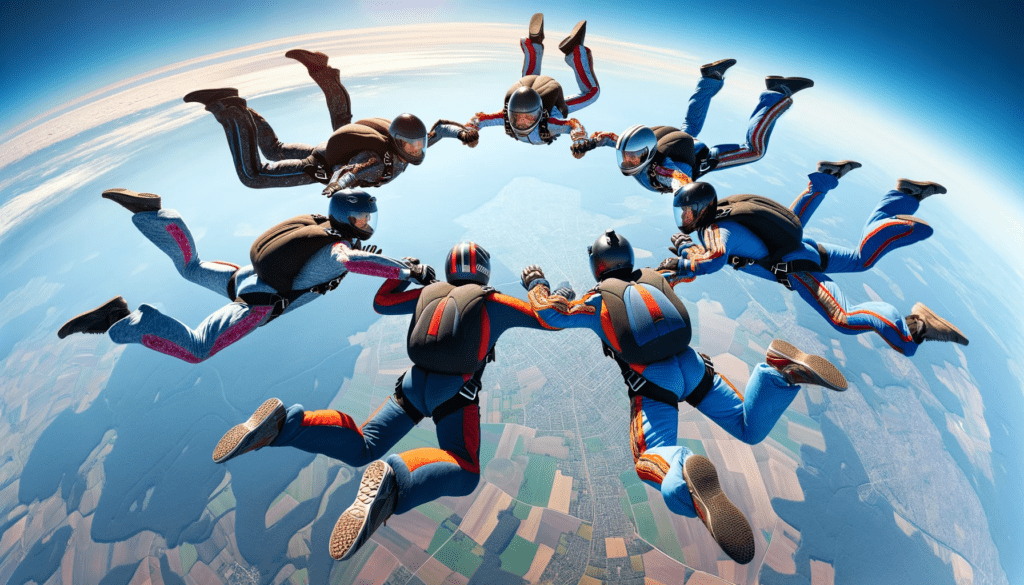
To further enhance risk mitigation efforts, it is essential for skydivers, pilots, and other aviation professionals to promptly report bird strike incidents. Reporting such incidents allows aviation authorities to track trends, identify high-risk areas, and develop effective strategies to minimize the potential for bird strikes. By sharing their experiences, skydivers and pilots play a vital role in fostering a safer skydiving environment and promoting bird conservation efforts.
Reporting bird strike incidents also contributes to the overall understanding of bird behavior and their interactions with human activities. This knowledge can help refine existing risk mitigation measures and develop new ones to further ensure the safety of skydivers and wildlife. By actively participating in the reporting process, skydivers and aviation professionals actively contribute to the ongoing improvement of safety standards in the skydiving community.
| Precautions | Description |
|---|---|
| Regular bird hazard assessments | Conduct assessments to identify high-risk areas and take preventive actions. |
| Bird deterrent installation | Install noise devices and shiny objects to deter birds from approaching skydiving areas. |
| Education and training | Provide guidance to skydivers and pilots on bird strike avoidance and evasive actions if necessary. |
| Prompt reporting | Report bird strike incidents to aviation authorities for tracking and risk mitigation purposes. |
Let’s Wrap Up
In conclusion, while it is relatively rare, the risk of hitting a bird while skydiving does exist. Research studies and aviation databases have reported incidents of bird strikes during skydiving, highlighting the need for ongoing vigilance and precautionary measures. Skydivers and aviation authorities must remain aware of the potential risks involved and take necessary precautions to ensure safety.
Factors such as the presence of birds in the airspace, fast descent speeds of skydivers, and bird behavior near skydiving sites contribute to the occurrence of bird strikes. Regular bird hazard assessments, installation of bird deterrents, and education and training for skydivers and pilots are some of the measures in place to mitigate these risks.
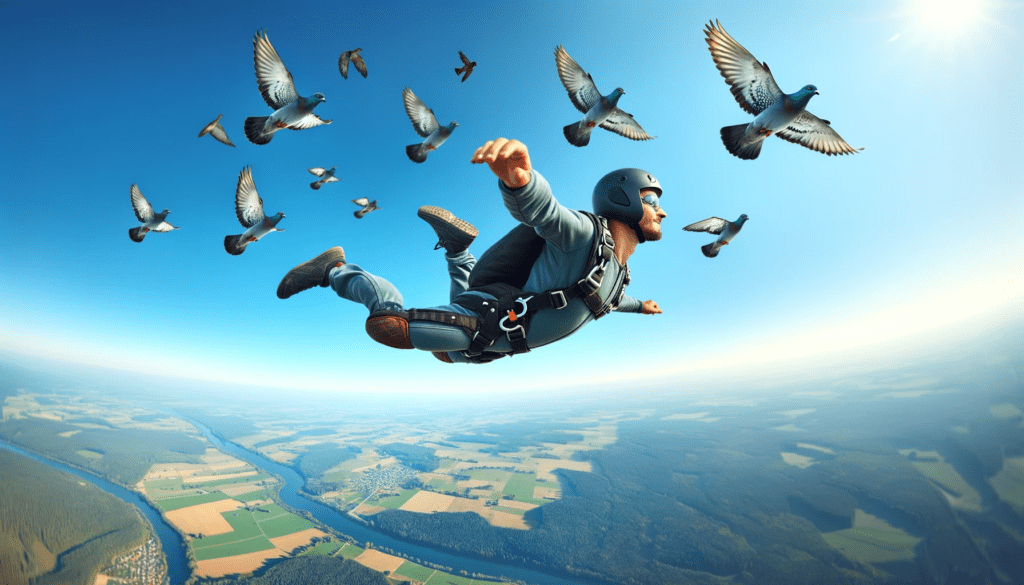
Additionally, it is crucial for skydivers, pilots, and other aviation professionals to report bird strike incidents promptly. By sharing their experiences, they play a vital role in tracking trends, identifying high-risk areas, and developing strategies to minimize the risks. Reporting incidents also contributes to the overall understanding of bird behavior and supports bird conservation efforts.
Overall, by understanding the risks, implementing suitable precautions, and actively reporting incidents, skydivers and aviation authorities can work together to ensure the safety of skydivers, wildlife, and the continued enjoyment of this thrilling sport.

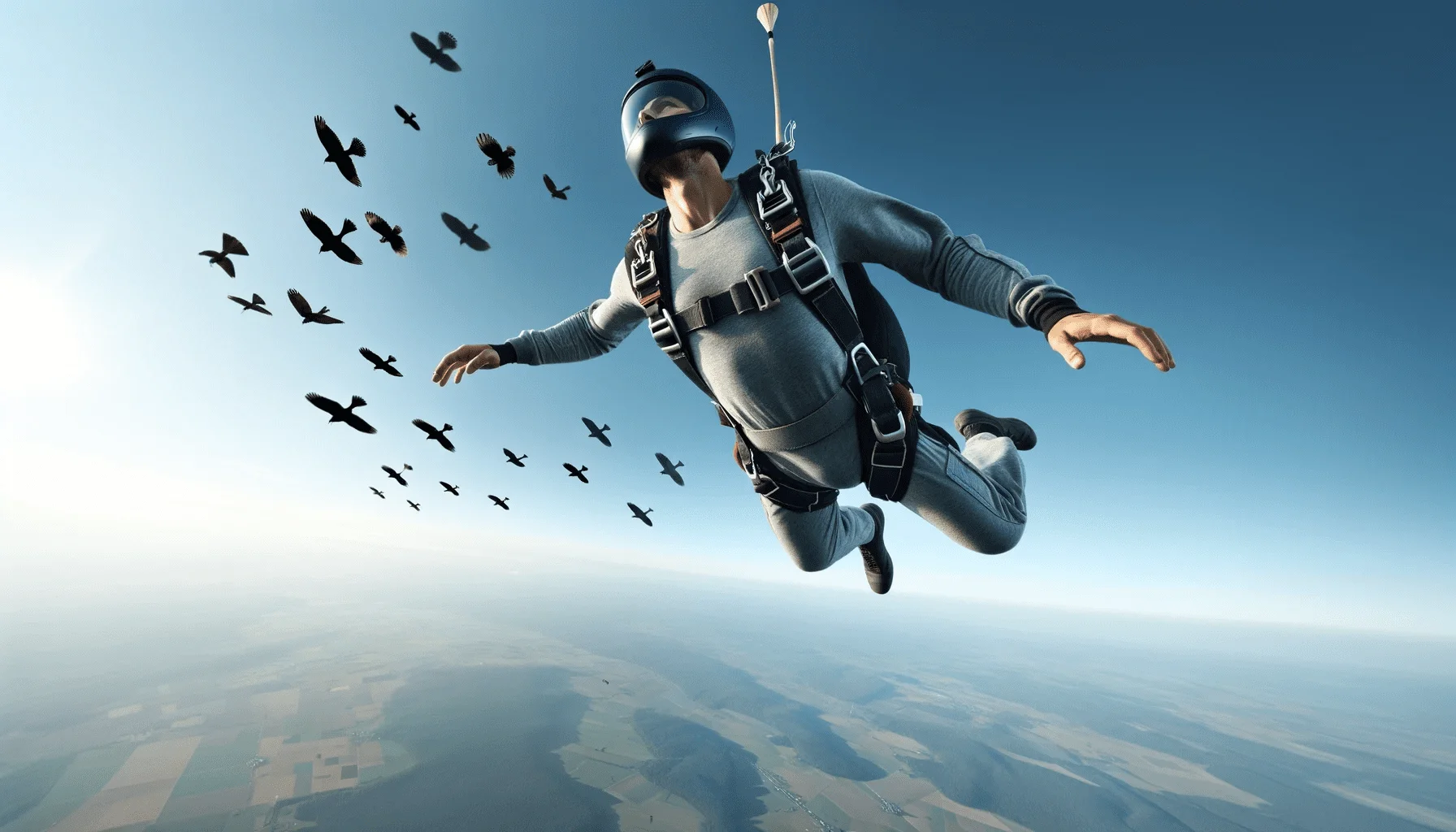

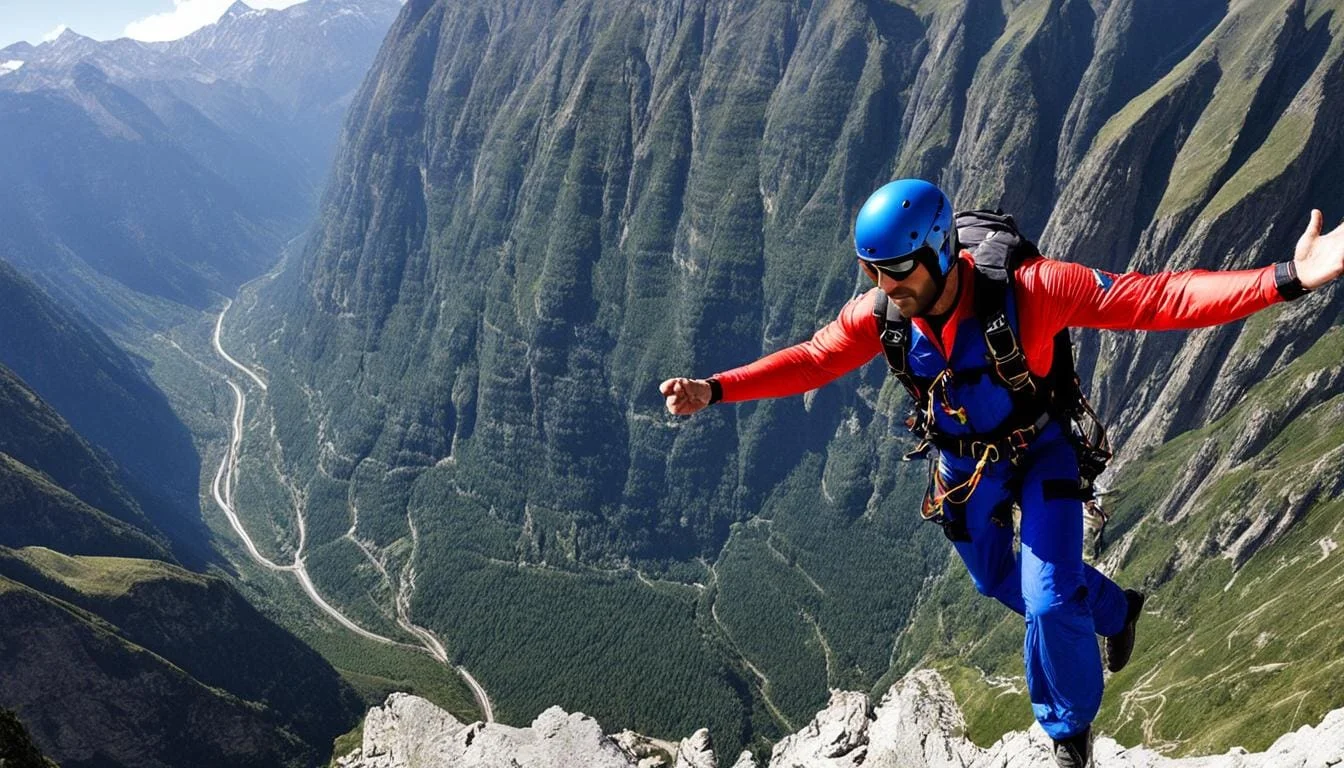
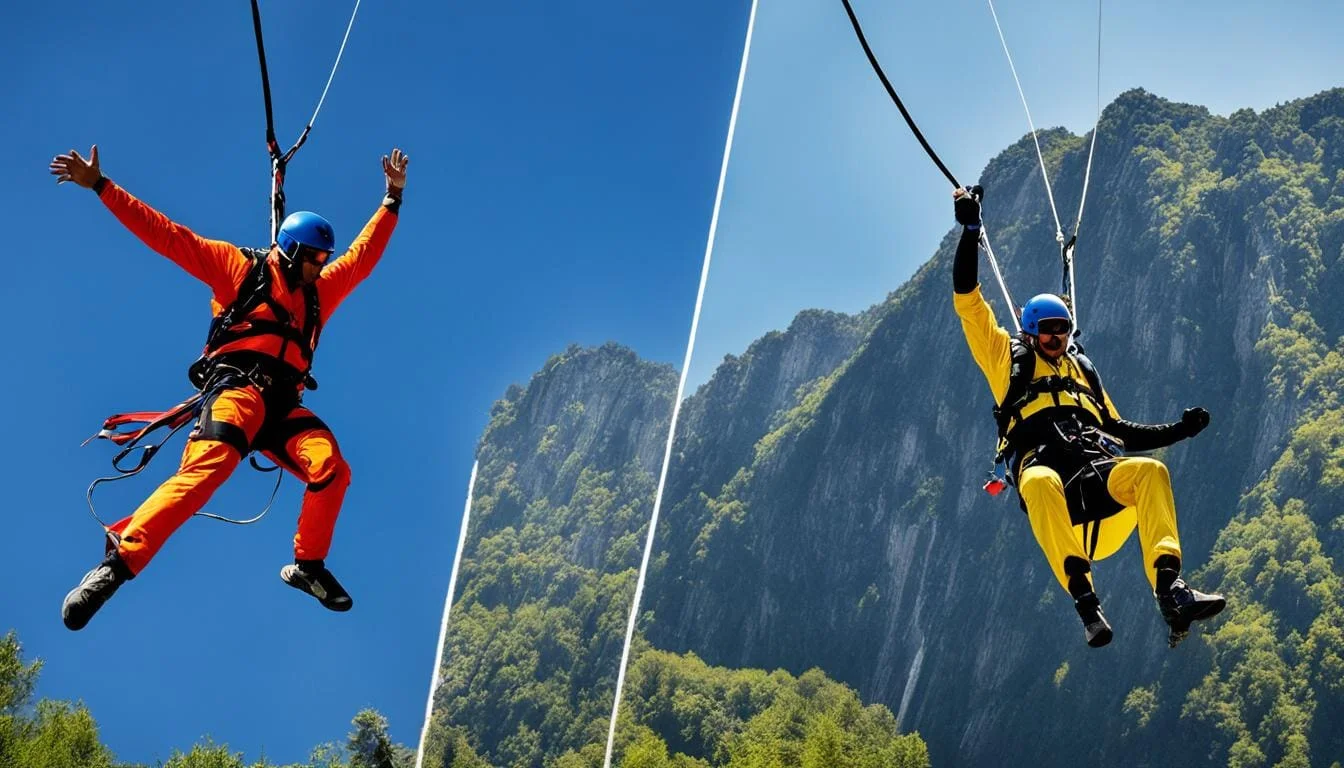
Leave a Reply